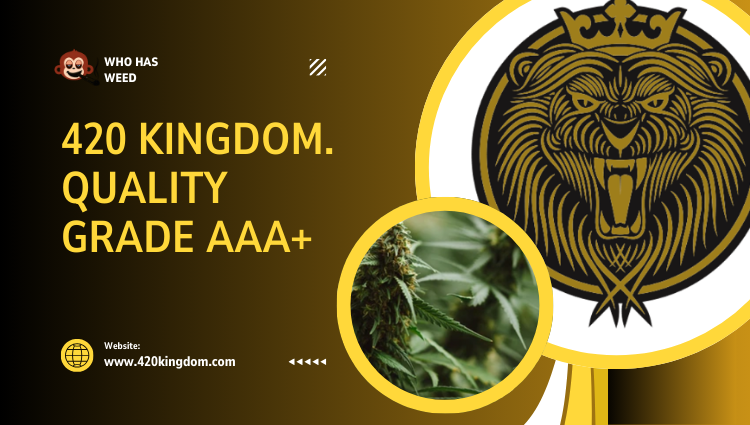Just looking around? Take your time and find the right spot.

 pickup
pickup
 pickup
pickup
Cannabis and marijuana are closely related, but they are not exactly the same. Here’s the detailed explanation:
Aspect | Cannabis | Marijuana |
Definition | Scientific genus of plants | A term for high-THC cannabis |
Scope | Includes marijuana, hemp, and all derivatives | Refers only to high-THC cannabis |
THC Content | Can be high or low | High THC (psychoactive) |
Use | Broad (industrial, medical, recreational) | Recreational or medical |
CBD (Cannabidiol) is a natural compound found in the cannabis plant. It is one of over 100 cannabinoids identified in cannabis but is non-psychoactive, meaning it does not produce the “high” commonly associated with another cannabinoid, THC (Tetrahydrocannabinol).
As of January 1, 2024, Oklahoma leads the United States in the number of cannabis dispensaries, with 2,387 licensed establishments. California follows with 1,244 dispensaries, and Colorado ranks third with 1,023.
It’s noteworthy that while California has a higher total number of dispensaries, Oklahoma has the most dispensaries per capita, with 36 dispensaries for every 100,000 residents.
These figures reflect the varying regulatory frameworks and market dynamics across different states.
As of 2023, several cannabis strains have maintained significant popularity among smokers in the United States. Notable strains include:
These strains have garnered widespread acclaim for their distinctive flavors, aromas, and effects, contributing to their enduring popularity among cannabis enthusiasts.
As of 2024, California leads the United States in cannabis sales, with projected revenues exceeding $4.7 billion. Despite a slight decline from previous years, it remains the nation’s largest cannabis market.
Other states with significant cannabis sales include:
These figures highlight the substantial economic impact of the cannabis industry across various states.
Traveling with cannabis is subject to strict laws and regulations, and whether or not you can travel with it depends on where you’re traveling to and from, as well as the specific circumstances. Here’s a breakdown:
Violating cannabis transport laws can result in:
The length of time cannabis stays in your system depends on various factors, including how much and how often you use it, your metabolism, and the type of drug test used. Here’s an overview:
Test Type | Detection Time |
Urine Test | – Occasional use: 1–3 days |
– Moderate use: 7–10 days | |
– Heavy use: Up to 30 days or more | |
Blood Test | – Occasional use: 1–2 days |
– Chronic use: Up to 25 days | |
Saliva Test | – Occasional use: 24–72 hours |
– Chronic use: Up to a week | |
Hair Test | – Detectable for up to 90 days, regardless of usage |
Determining the exact city in California that consumes the most cannabis is challenging due to limited comprehensive consumption data at the city level. However, we can infer consumption patterns based on cannabis sales data.
According to the California Department of Tax and Fee Administration (CDTFA), cannabis sales vary significantly across cities. For instance, in the third quarter of 2024, Cathedral City reported taxable cannabis sales of approximately $1.83 million.
While specific consumption data is scarce, larger cities like Los Angeles, San Francisco, and San Diego are likely to have higher overall cannabis consumption due to their substantial populations and the presence of numerous dispensaries. It’s important to note that local regulations, the density of dispensaries, and cultural factors can also influence consumption patterns.
For more detailed and up-to-date information, consulting local government reports or studies focusing on cannabis use within specific cities would be beneficial.
As of 2023, several cannabis strains have maintained significant popularity among smokers in the United States. Notable strains include:
These strains have garnered widespread acclaim for their distinctive flavors, aromas, and effects, contributing to their enduring popularity among cannabis enthusiasts.